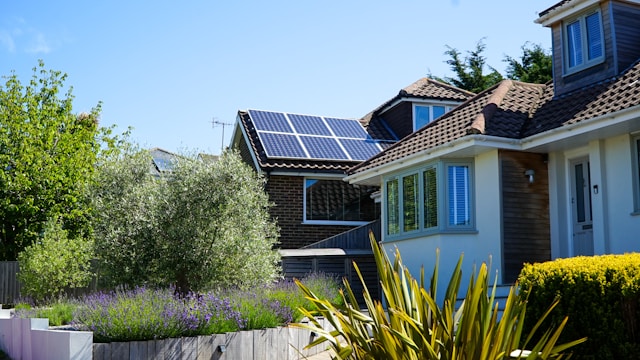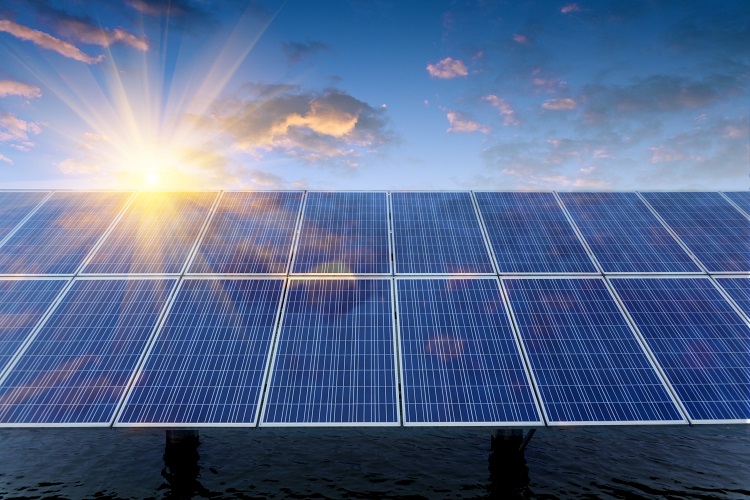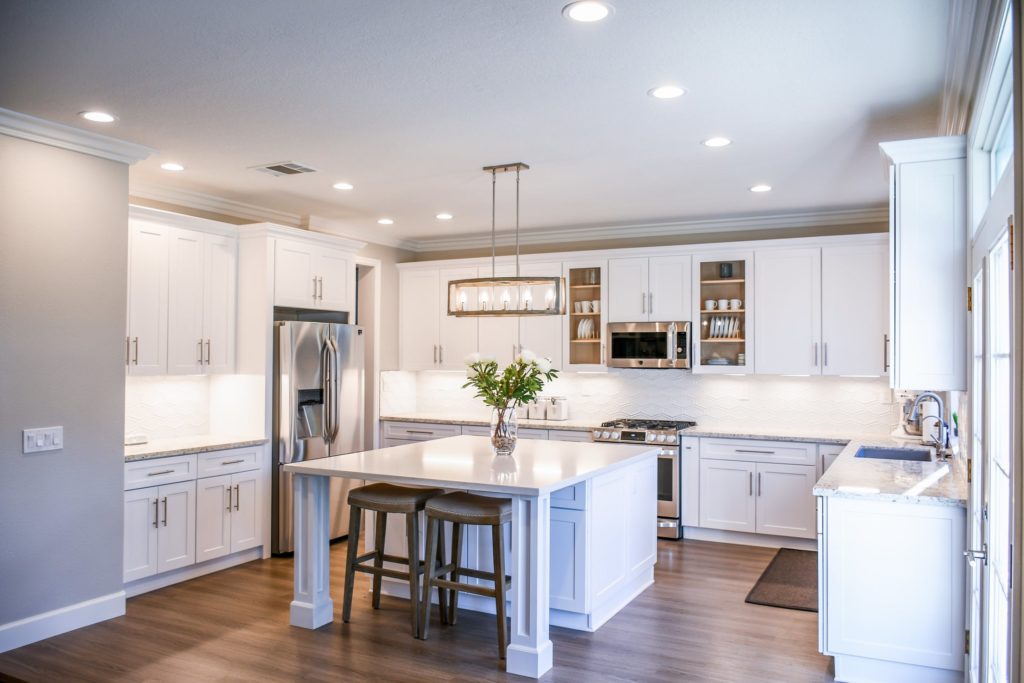Are you considering a stand alone solar power system for your home? Renewable energy systems are gaining popularity among homeowners everywhere. These systems provide an independent and sustainable energy source.
They help reduce your electricity bills and carbon footprint. But how do you choose the right one? There are many factors to consider before making a decision. Do you have the right amount of sunlight where you live?
Is your roof suitable for solar panel installation? A well-chosen system can power your home efficiently. Let’s explore the options and find the best fit for you.
Factors to Consider
When choosing a stand alone solar power system for your home, there are several factors you should consider. These include:
Location
The amount of sunlight your location receives is crucial in determining the effectiveness of a solar power system. Areas with more sunlight are ideal for solar energy production.
Roof Suitability
Your roof must be suitable for solar panel installation. It should have enough surface area and proper orientation towards the sun.
Energy Consumption
Evaluate your household’s energy consumption to determine the size of the system you need. This will help ensure that your home is powered efficiently without any excess or shortage.
Budget
Solar power systems can be expensive, so it’s important to consider your budget and find a system that fits within your financial means. Remember, the initial investment will pay off in the long run through reduced electricity bills.
Warranty
Look for systems with a good warranty. This ensures that you are covered in case of any defects or malfunctions in the system.
Types of Stand Alone Solar Power Systems
There are three main types of stand alone solar power systems. These include:
Off-Grid Systems
Off-grid solar power systems are completely independent from the main electricity grid. They use batteries to store excess energy for later use when there is no sunlight. These systems are ideal for remote areas with limited access to electricity.
Grid-Tied Systems
Grid-tied solar power systems connect to the main electricity grid. It enables you to sell excess energy back, which lowers your electricity costs. Yet, they do not provide backup power during a blackout.
Hybrid Systems
Hybrid solar power systems blend off-grid and grid-tied features. They connect to the main electricity grid while incorporating batteries to store excess energy. This setup offers backup power during blackouts and lets you sell surplus energy back to the grid.
Additional Considerations
When considering solar panel installation, keep the following additional factors in mind. These will help guide you before making your final decision:
Solar Panel Efficiency
Choose panels with high-efficiency ratings. This will help maximize energy production in a smaller space.
Installation and Maintenance
Hire a professional installer to ensure proper setup and maintenance of your solar power system. This will enhance its longevity and effectiveness.
Local Incentives
Research local incentives or government rebates for solar panel installation. These can help offset initial costs and make the investment more affordable.
Learn How to Choose a Stand Alone Solar Power System for Home
Choosing a stand alone solar power system involves many steps. Assess sunlight availability and roof suitability at your location. Determine your energy needs before selecting a system’s size.
Stick to your budget for home solar power setups. Consider the different types such as off-grid or hybrid systems. Look for efficiency and warranty in your solar panels.
Investigate local incentives to help offset costs. Stand alone solar power systems can be a smart long-term investment.
Did you find this article helpful? If so, check out the rest of our site for more informative content.




